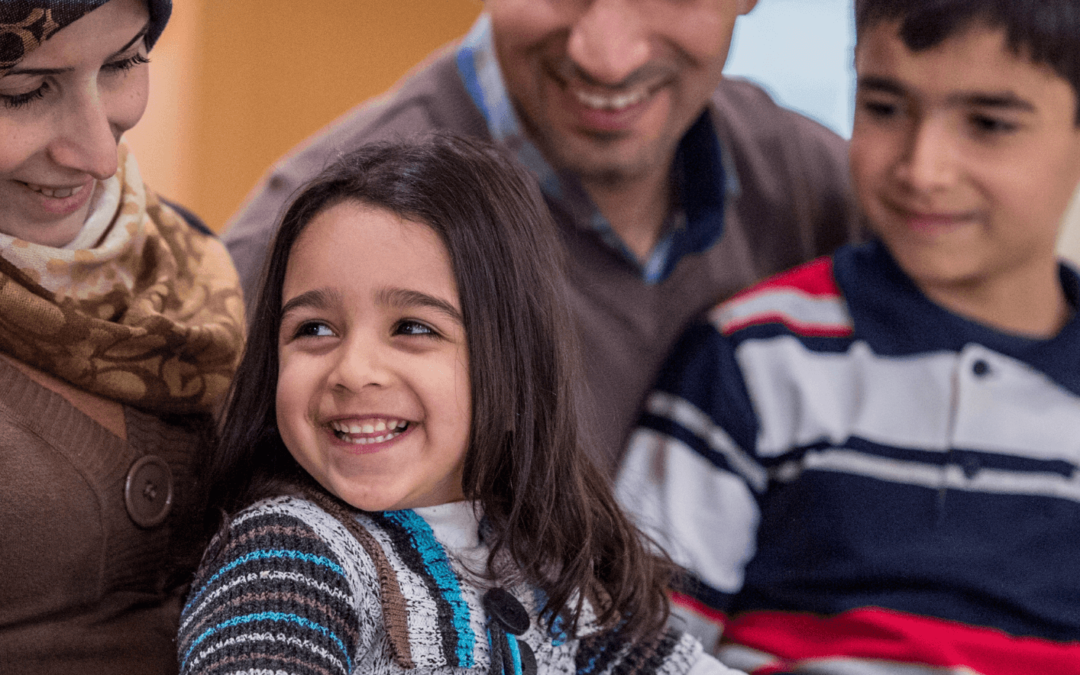Written by Samantha Caccamo and Giulia Colombo – Ballafon Social Cooperative
Italy shows a significant delay in the development of a model of immigrant integration, compared to other European countries. Although policies to facilitate integration and provide equal access to services have been progressively implemented in the country, refugees and asylum seekers still have to face some problems and obstacles of a material physical, social, and ideological nature.
Italy shows a significant delay in the development of a model of immigrant integration, compared to other European countries. This is mainly due to the fact that up until the mid-1990s both immigration and integration were regulated solely with administrative acts of the Ministry of Labour with reference to the hiring of foreign workers.
Towards the new millennium, immigration began to be legislated more specifically to regulate the processes and methods of integrating migrants. In 1998, the Consolidated Act on Immigration, entered into force, collecting some important provisions concerning the civil, social, and political rights of immigrants, as well as defining integration.
The latter act was completed in 2012 by the Integration Agreement for the foreigner requesting a residence permit. It is a sort of pact that the Italian State signs with legally residing non-EU citizens, based on reciprocal commitments. On the one hand, the State is committed to ensuring the enjoyment of fundamental rights and providing the tools that allow the acquisition of the language, culture, and principles of the Italian Constitution; on the other hand, foreign citizens are required to respect the rules of civil society, so as to pursue, in mutual interest, an orderly path of integration.
In 2017, the National Integration Plan for Persons Entitled to International Protection was approved, having considered the initial disadvantage and particular vulnerability of international protection seekers. The National Integration Plan was written on three principles: (1) integration is a complex process starting from the first reception of migrant people and it pursues the achievement of personal autonomy; (2) integration requires the commitment and awareness of the host population and must be based in local communities; and (3) particular attention is given to people with greater vulnerabilities – such as women, victims of human trafficking, and unaccompanied minors.
It is however possible to highlight two major limitations which become obstacles to integration. First, Italian integration policies tend to favour assimilation rather than multiculturalism as they focus on the requirements that immigrants must satisfy in order to integrate. Second, no emphasis is placed on the commitment that the host community should make.
Obstacles to Italian integration policies
Although the above-mentioned policies are implemented in Italy to facilitate integration and provide equal access to services, refugees and asylum seekers still have to face some problems and obstacles of a material physical, social, and ideological nature.
First, migrant people face a series of structural barriers and problems in accessing the education and academic system, starting from the recognition of diplomas, certifications and skills acquired abroad; and from the schools, where teachers are not always able to manage multi-ethnic classes and pupils. Second, very few opportunities are given when it comes to accessing certificates of higher education as well as specialised training courses or scholarships. Furthermore, many young migrants or second-generation pupils find it difficult to access Italian high schools (licei), which prepare students for university, mainly due to language barriers which cannot be overcome in a short time. Finally, language learning is sometimes hampered by an insufficient number of learning hours provided, an individual’s prior linguistic abilities, educational stage, inappropriate teaching methods, lack of motivation or difficulty in attending courses because of work.
As far as the labour market is concerned, the barriers are mainly the lack of linguistic skills, the difficulty in getting the recognition of qualifications, the lack of institutional support, as well as by gender and cultural differences, and scarcity of housing. Social factors, such as exploitation or the underground economy must also be considered, as well as the difficulty of creating networks and social contacts, and the inefficiency of the administration and bureaucracy.
With reference to health services, Italy has one of the most inclusive models of migrants’ access to healthcare. However, the right to healthcare still faces some practical and bureaucratic obstacles. For example, medical staff usually only speak Italian, and the language barrier and lack of cultural mediators can hinder mutual understanding between patient and healthcare professional. Furthermore, asylum seekers should benefit from the E02 medical ticket exemption according to the same rules applied to unemployed Italian citizens and yet very often the exercise of this right is hindered and delayed.
In general, lack of access to information can prevent equal and effective access to different services. For example, language translation services are generally quite expensive, and, in many cases, migrants do not know where to go and which places offer cheap services. Furthermore, the highly recommended matching of supply and demand in the labour market also depends on access to information on where to go.
A fragmented situation
A large number of integration policies promoted by the Italian Government can be included in the so-called “civic integration” model. This is characterised by the absence of a solid approach to integration, that is, the lack of clear and defined integration policies. Furthermore, the fact that Italy considers itself a transit country has certainly contributed to the strengthening of this approach.
However, the unexpected and continuous influx of migrant people in recent years has changed this course and has forced a redefinition of traditional models and greater attention to the issue of integration.
In conclusion, it is possible to argue that, despite the more recent improvement in integration measures and the fact that Italian institutions are trying to overcome the emergency logic in favour of a more organic reception policy, the current integration policies continue to be disorganised and fragmented – as disorganised and fragmented as the normative basis on which they are based.




